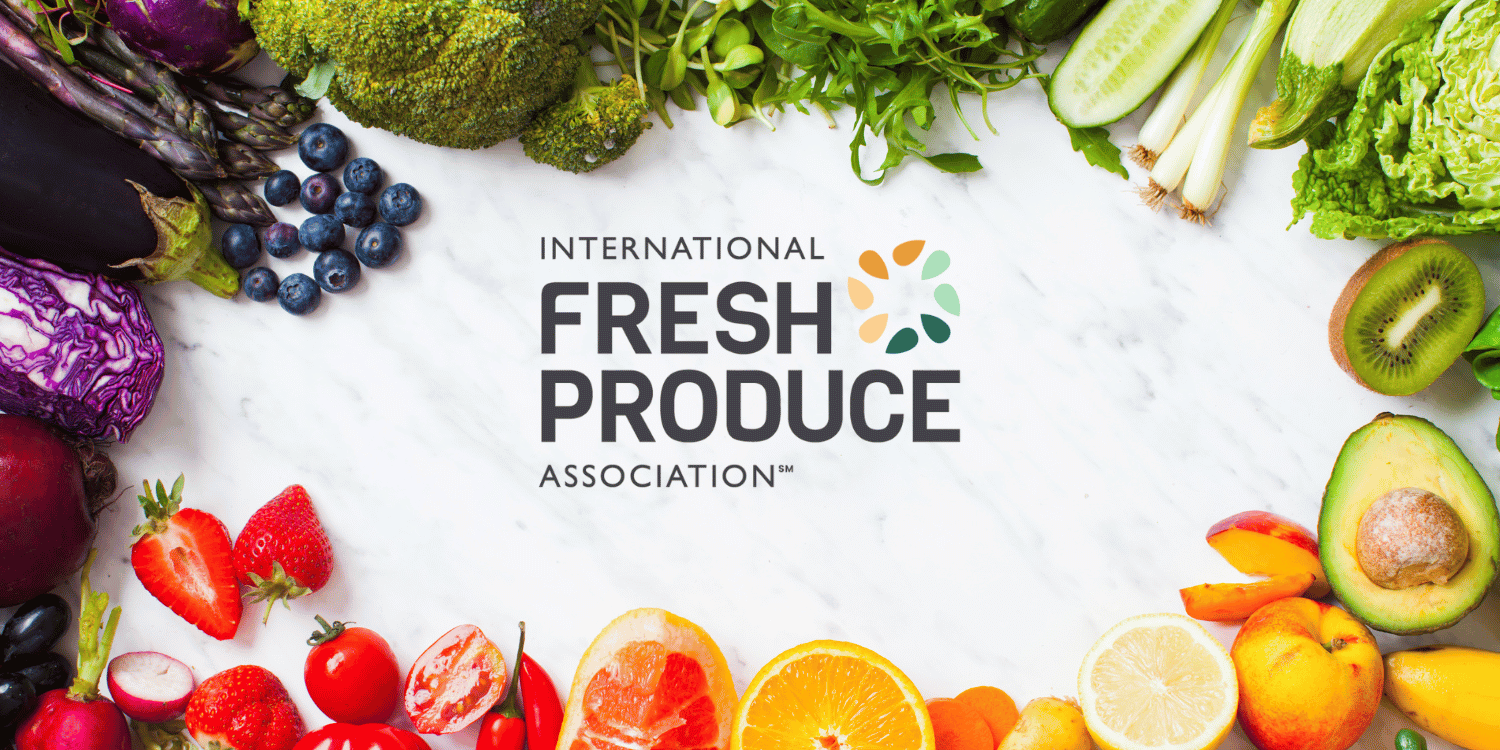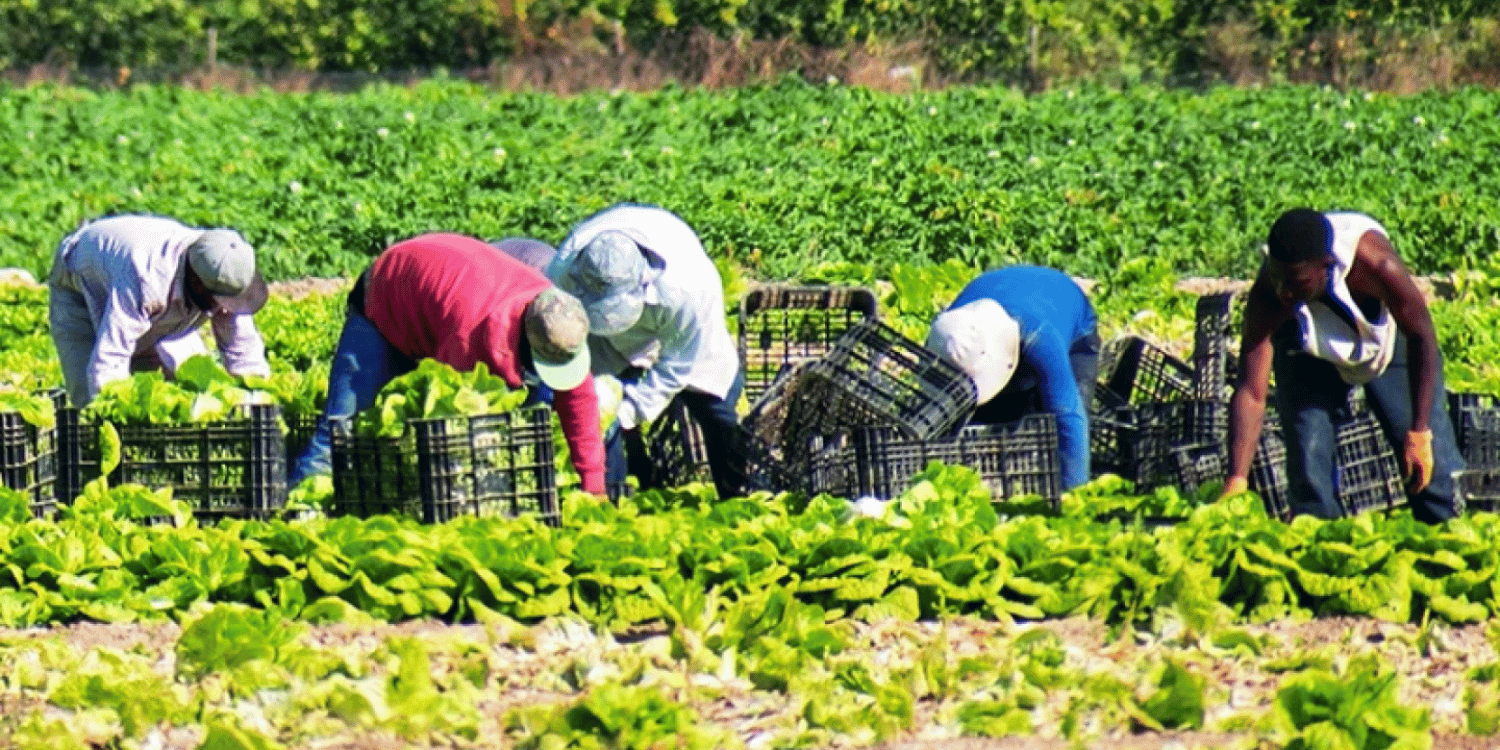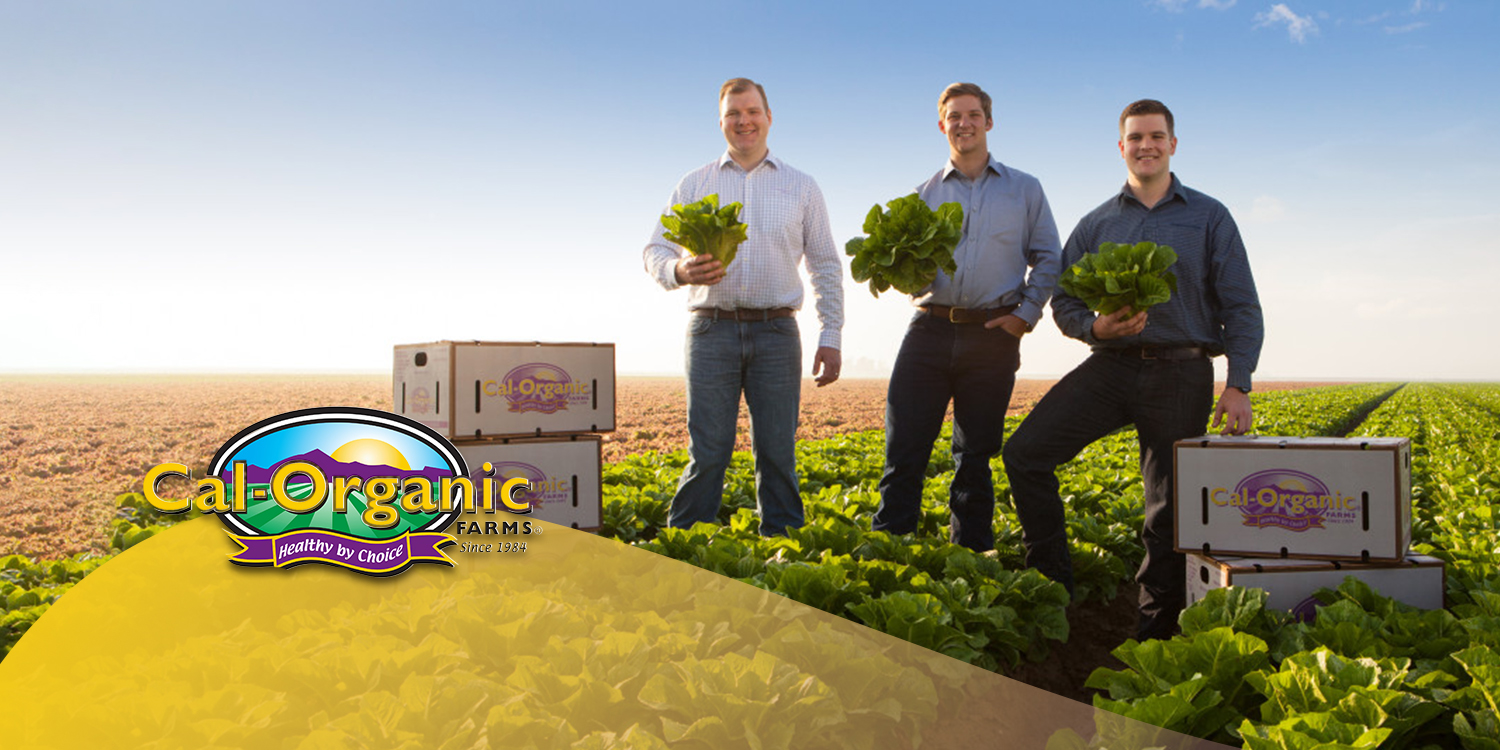Establishing a farm-to-table venture is an exciting endeavor that merges agriculture and the culinary industry.
This business model promotes fresher, healthier and more sustainable food consumption by offering products directly from farms to consumers.
However, setting this up requires intensive planning, careful decision making, and sound agricultural practices.
In this article, we will discuss practical steps towards building a successful farm-to-table business.
We will cover essential topics that include choosing the right crops, managing harvesting schedules, and dealing with various marketing strategies.
Let’s dig in into these strategies that will aid in making your venture a standout and a leader in the farm-to-table movement.
- Acquire and prepare land suitable for farming
- Plant and cultivate organic fruits and vegetables
- Establish partnerships with local restaurant owners
- Develop reliable supply and delivery systems
- Implement consistent quality control and delivery schedules
In the sections that follow, it is of great interest to explore some other pertinent areas relating to farm-to-table produce ventures.
We will be discussing, among other things, the legalities and financial aspects of starting such a business. Gain insight into managing financial resources, understanding zoning laws and keeping up with food safety legislation, all of which are critical components for success in this industry.
In addition, the intricacies and challenges of organic certification and sustainability, subjects that greatly influence the credibility and marketability of your farm, will be covered in sections down the line.
Finally, you’ll get a firm grasp on the importance of community engagement, from hosting farm tours to participating in local farmers markets, which are essential in building the reputation and customer base of your venture. So stay with us, you’ll find these topics immensely practical and enlightening.
Steps To Establish A Farm-to-table Produce Venture
1. Acquire and Prepare Suitable Farming Land
In Short: Establishing a successful farm-to-table venture requires thorough research and preparation of the farming land, considering factors such as natural characteristics, climate, and soil nutrient content. It’s also crucial to ensure land accessibility for transport, secure legal clearances, and maintain the land’s productivity through steps like soil testing, tilling, fertilizing, and optimum irrigation.
The initial process towards establishing a farm-to-table venture is predominantly focused on acquiring and preparing optimal farming land. The significance of this phase is monumental and directly impacts the following productivity and success of the farming operations.
One of the first reckonings is to understand the natural characteristics and constraints of the farming land before acquiring it. Some farms, for instance, are situated within flood plains, which can lead to excessive water saturation and potentially water-logged crops.
Understanding these factors is essential because the type of land dictates the kinds of crops that can be successfully grown. Similarly, local climate is another factor to be familiar with, as it will also dictate the viability of certain crops.
Therefore, it is critical to conduct thorough research on the prospective farming lands. Always check the soil’s nutrient content and pH balance because these elements significantly influence the productivity of the crops.
Another important step in preparing the land involves clearing the land of any debris, rocks, or unwanted vegetation. This is crucial as it expedites the growth of your crops and paving the way for an efficient irrigation system.
Now let’s dig in into some specific steps involved in preparing the farming land:
- Soil Testing: Get your soil tested in a laboratory to understand its nutrient content and adequacy for the crops you plan on growing.
- Tilling: Tilling the soil breaks it down, making it easier for the crops’ roots to penetrate and grow.
- Fertilizing: Based on the results of your soil test, add necessary organic fertilizers to enhance the soil’s nutrient content.
- Irrigation: Establish an efficient irrigation system to guarantee a regular water supply to your crops.
Performing these steps will not only ensure that your land is fully prepared but also enhance its productivity and fertility.
Moreover, if possible, it’s an excellent idea to consider the logistic conveniences of your farming land. Accessibility for transport should be taken into account, as it becomes crucial when you have regular deliveries to local restaurants and markets.
Don’t forget, the closer you are to your buyer’s location, the fresher your produce will be when they receive it. The freshness of your products is a significant selling point for a farm-to-table venture.
Lastly, legal clearances are something that cannot be overlooked when acquiring farming land. Do ensure that the land has no legal disputes and all necessary documentations and permissions have been acquired before purchasing it.
Do note that this is not a one-time investment. Proper care and maintenance of the land should be a consistent part of your farming operation. It pays to be mindful that the farming land is a renewable resource, that, if managed responsibly, can provide output for years to come.
Therefore, careful consideration and thorough preparation of land are crucial steps towards establishing a successful farm-to-table venture.
2. Plant and Grow Organic Fruits and Vegetables
In Short: Organic farming requires careful selection of the right variety of crops suited for the specific soil and climatic conditions, proper soil preparation, correct planting schedules, ongoing soil health maintenance and eco-friendly pest control. The success of a farm-to-table initiative depends on high-quality produce and no effort should be spared in ensuring it’s grown with care and packed with nutrient-rich goodness.
To establish a successful farm-to-table produce venture, one of the key steps is to plant and grow organic fruits and vegetables.
This step involves so much more than simply throwing a few seeds into the ground and hoping for the best.
It requires meticulous planning, knowledge about the soil, understanding of the climatic conditions, and awareness of the nutritional requirements of the crops.
The process commences with a thorough analysis of the soil and its nutrient content.
It is crucial to select the appropriate fruits and vegetables that are apt for the identified soil type and the prevailing weather.
One must consider how different plants and trees will fare in the given conditions, as it directly impacts the quality and taste of the produce.
We are about to discuss some of the important aspects during this phase of a farm-to-table venture.
Below is a list of important considerations when getting on with the task of planting and growing organic produce:
- Choosing the right varieties: It is important to select varieties that are known to thrive in your specific region and soil type.
- Preparing the soil: This involves tilling, adding compost and other organic matter to enrich the soil nutritionally. Preparing the soil is a pivotal step in organic farming.
- Planting schedule: Being aware of when to plant different varieties is key. Every fruit or vegetable has a specific planting and harvesting schedule, aligning with it can maximize yield and quality.
- Maintaining soil health: Organic farming emphasizes on the continual improvement of soil health. Hence, crop rotation, cover cropping, and adding organic matter are routine activities.
- Pest control: As chemical pesticides are a no-no in organic farming, it is imperative to use eco-friendly methods of controlling pests and diseases.
Once you have prepared the soil and planted the seeds or saplings, the next crucial part is maintenance and protection of the crop.
Regular irrigation, proper weed control, timely harvest, and post-harvest handling are all unwavering prerequisites to ensure the production of high-quality organic fruits and vegetables.
By taking up organic farming practices, not only are you getting top-notch produce but also contributing to the environment.
It is critical to remember that the ultimate success of a farm-to-table initiative hinges on the quality of the produce.
Hence, no effort should be spared in ensuring that the fruits and vegetables grown are of the best possible quality, grown with care and packed with nutrient-rich goodness.
3. Build relationships with local restaurant owners
In Short: Establishing strong, beneficial partnerships with local restaurant owners is crucial for success in a farm-to-table venture, and can be nurtured through transparency, responsiveness, and understanding their specific needs. Regular face-to-face meetings, feedback receptivity, and customer incentives coupled with aligning your organic farming practices with the restaurants’ philosophies can lead to sustainable growth and mutual promotion.
When embarking on a farm-to-table venture, establishing strong relationships with local restaurant owners is particularly important. This is crucial for building a sustainable and engaging client base.
It’s not just about selling your produce to these restaurants, but rather creating mutually beneficial partnerships that can thrive and grow over time. With the right dynamic, collaboration could lead to mass exposure and steady growth for your farm business.
Understanding the specific needs of each restaurant is key. This will not only increase demand for your produce, but it will also highlight your commitment to providing the best fresh produce possible.
Being transparent and open about pricing, delivery schedules, quantity expectations, and product varieties will be greatly appreciated by restaurant owners. This level of transparency tends to foster a sense of loyalty and trust that can lead to long-term collaborations.
One of the best methods to build relationships with restaurant owners is through face-to-face meetings. This approach allows for dialogue and discussions which can strengthen the business relationship over time.
Before we dig in into specifics, let’s discuss some beneficial strategies to strengthen these relationships:
- Introduce your product: Arrange a tasting session at the restaurant. This will allow owners and chefs to try your produce and visualize their menu possibilities.
- Be open to feedback: Always be prepared to take constructive criticism and suggestions. This can help you adapt and improve according to the unique needs of each restaurant.
- Perform regular follow-ups: Showing your commitment to addressing any issues with the supply or quality of produce can increase trust.
- Offer discounts or incentives: On a regular or occasional basis, as a thank you for their loyalty or to incentivize a new potential partner.
While developing these relationships, it’s also crucial to learn about each restaurant’s style and philosophy. Does it align with your organic farming practices? Or do they focus more on traditional cuisine and can your produce complement their dishes? Such minor details shouldn’t be overlooked, as it can help in creating a stronger connection to your brand and its values.
Keep in mind, the relationship you build with local restaurant owners will essentially work as an endorsement for your brand. When restaurant patrons taste your fresh, organic produce and love it, they indirectly promote your farm as well, especially if the restaurant credits your farm on their menus.
Pro Tip: For a successful farm-to-table venture, build strong, mutually beneficial partnerships with local restaurant owners through face-to-face meetings, understanding their specific needs, maintaining transparency, and offering incentives or discounts.
Building these relationships won’t be quick or easy, but with consistent effort, open communication, and a willingness to adapt and improve, you can create partnerships that are both financially profitable and personally rewarding.
Establishing and maintaining a positive, honest relationship with local restaurant owners is the linchpin of a successful farm-to-table produce venture. And it all starts with understanding your clients, respecting their needs, and delivering your best in terms of both quality and service.
4. Set up Regular Supply and Delivery Systems
In Short: Establishing a regular supply and delivery system is crucial to the success of a farm-to-table venture. Making consistent deliveries, employing efficient transportation, maintaining a high-quality product, understanding restaurant demands, creating a reliable delivery schedule and adapting to changing needs all contribute to a lasting and successful business.
One of the critical aspects of establishing a farm-to-table venture is setting up a functional, regular supply and delivery system.
This entails creating a system that ensures the uninterrupted flow of fresh, organic produce from your farm to the local restaurants.
It is essential to understand that this factor can significantly affect the quality and freshness of your produce, aspects that directly influence your reputation as a supplier.
As the key liaison between your farm and local restaurants around, you need to establish a consistent and reliable supply system that suits all parties.
Working closely with restaurant owners and understanding their specific needs in terms of variety, quality and quantity of produce is equally important in this process.
This enables you to develop a delivery schedule that aligns with the operational needs of these kitchens, ensuring that fresh produce is available when they need it.
It is important to note that the planning and implementation of these delivery systems involve several factors.
Below is a detailed checklist to follow when setting up your regular supply and delivery system for your farm-to-table venture:
- Frequency of Deliveries: Determine how often your produce needs to be delivered to the various restaurants. Regular deliveries ensure fresh produce at all times.
- Transportation Means: Assess the most efficient and suitable method of transporting your produce. This could range from personal delivery for close-by locations to hiring delivery services for far-out restaurants.
- Quality Control: Develop a system to ensure that only the highest quality produce leaves your farm and reaches the restaurants.
- Produce Variety: Understand and manage the different varieties of produce that each restaurant requires. This assists in avoiding wastage and maintaining customer satisfaction.
- Schedules: Create a structured timetable that details when each restaurant should expect their produce. This enhances reliability and minimizes confusion.
Solidifying the relationships with restaurant owners throughout this process is paramount, as flexibility is often required.
Changes in their menu or seasonal variations may lead to changes in demand, which you must be prepared to accommodate.
By continuously engaging in open communication with each restaurant, you can anticipate these fluctuations and plan your farm’s yield accordingly.
This will not only save you from wastage but also ensure the sustainability of your farm-to-table venture.
Setting up a regular supply and delivery system may initially seem complex, but with careful planning and commitment, you can establish a venture that benefits your farm, the environment, and your local community.
5. Implement Quality Control and Consistent Delivery Schedules
In Short: Implementing stringent quality control in a farm-to-table venture ensures the delivery of high-quality produce which meets restaurant owners’ expectations. Consistency in delivery schedules is crucial to avoid supply chain breakdowns and it also significantly impacts the venture’s efficiency and profitability.
The implementation of quality control is critical when establishing a farm-to-table produce venture.
Accuracy in the overall quality check process ensures the produce delivered is of the highest standard, meeting the expectations of your local restaurant owners.
With a magnitude of parameters to supervise, from growth, harvesting, packaging to the delivery process, there might be numerous elements that may influence the freshness and quality of the products.
Consistent quality control measures can help to identify any potential problems early enough and rectify them promptly, maintaining a continuous supply of fresh and top-notch products.
Set up a proper Quality Management System (QMS) for your farm-to-table produce venture efficiently.
This system includes processes and procedures that ensure your products meet the required health and safety standards and are of the highest quality.
Now, we switch our focus to another equally crucial aspect: delivery schedules.
The ability to provide consistent delivery schedules is fundamentally important your farm-to-table business structure.
In the farm-to-table concept, restaurants depend on a steady stream of fresh products for their daily operations. Delays or inconsistencies in delivery can cause significant disruption to their business.
Therefore, laying out a systematic and efficient delivery plan is necessary to avoid any potential breakdown in the supply chain.
Here are few key factors to consider while setting up a consistent delivery schedule:
- Integrated logistics: Maintain a proper logistics network to ensure timely and efficient deliveries.
- Backup plan: Always have contingency plans in case of unavoidable circumstances that might affect the delivery process.
- Tracking system: Implement a dependable tracking system to keep the customers updated about their delivery status.
Establishing regular delivery schedules and rigorous quality control checks help to provide certainty and reliability to your customers, building a higher level of trust.
Implementing these measures effectively could significantly impact the overall efficiency and profitability of your farm-to-table produce venture. It will also establish your reputation as a reliable and quality supplier in the minds of your local restaurant owners.
The task may seem daunting initially, but with proper planning and execution, the process of implementing quality control and consistent delivery schedules could become a smooth and integral part of your business operations.
Important: Implementing quality control and consistent delivery schedules in a farm-to-table business is critical, with a Quality Management System (QMS) and a systematic delivery plan, including integrated logistics, a backup plan, and a tracking system, being key in ensuring the delivery of fresh and quality produce to your clients.
In the farm-to-table business, it’s of paramount importance to maintain efficient logistic channels and implement stringent quality controls to ensure a seamless supply of fresh and quality produce to your clients.
After all, the ultimate goal is to deliver the best, freshest and safest produce from your farm to the tables of your customers.
The Bottom Line
The success of a farm-to-table venture relies heavily on meticulous planning, careful selection of crops, and effective marketing strategies.
To foster a reliable, healthy supply chain, solid relationships with local farmers and suppliers is indispensable.
The essence of the farm-to-table revolution embodies a return to natural, sustainable farming practices, which is greatly enriching for both consumers and producers.
Exemplifying a venture that not only boosts the health of the community but uplifts the local economy, the farm-to-table phenomena captures the essence of sustainable, conscious business practices.
The journey of creating and establishing such a venture might encompass many hurdles, but the rewards gleaned from a thriving, sustainable, and health-enhancing business model are truly worth the endeavor.




















